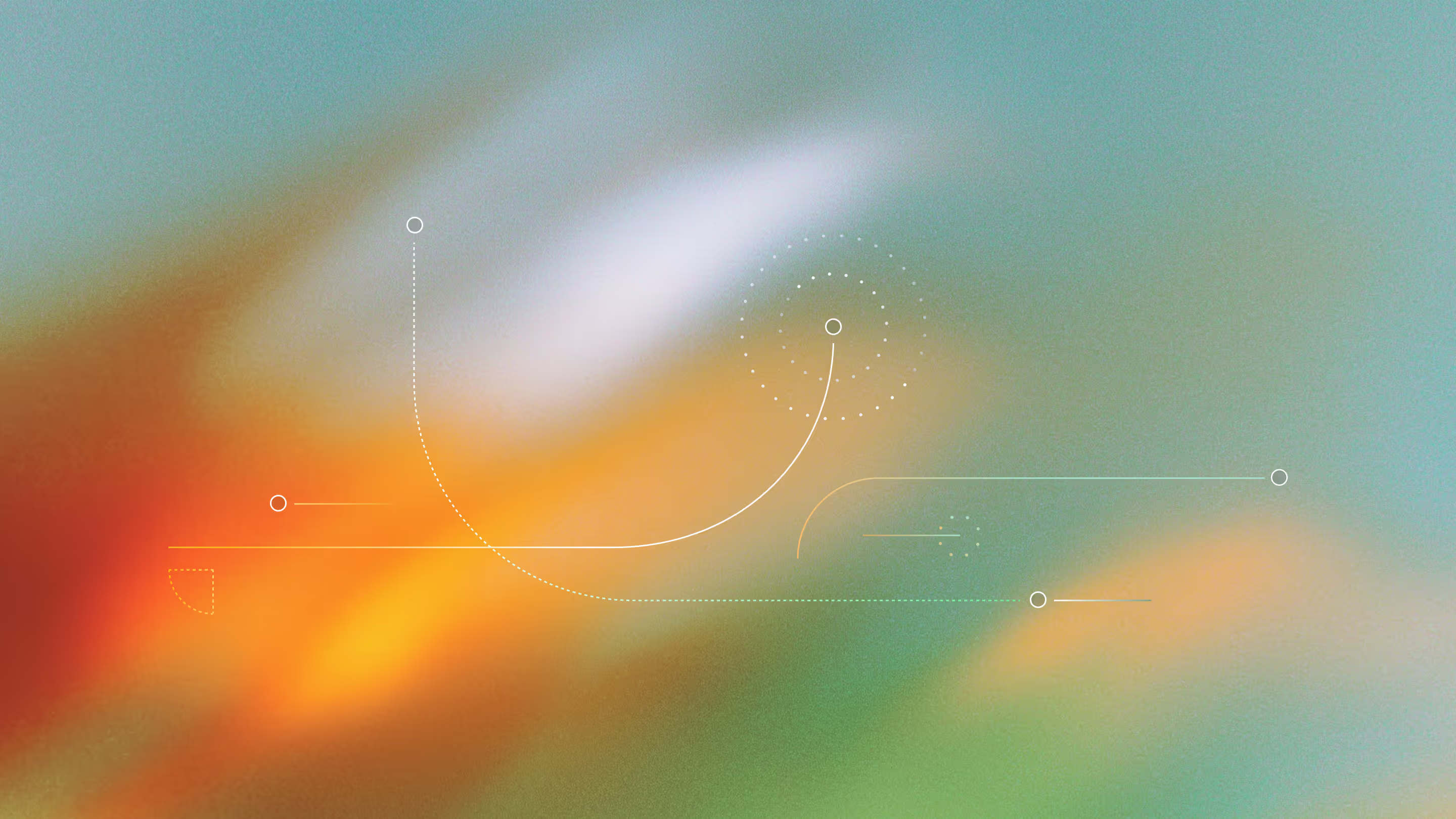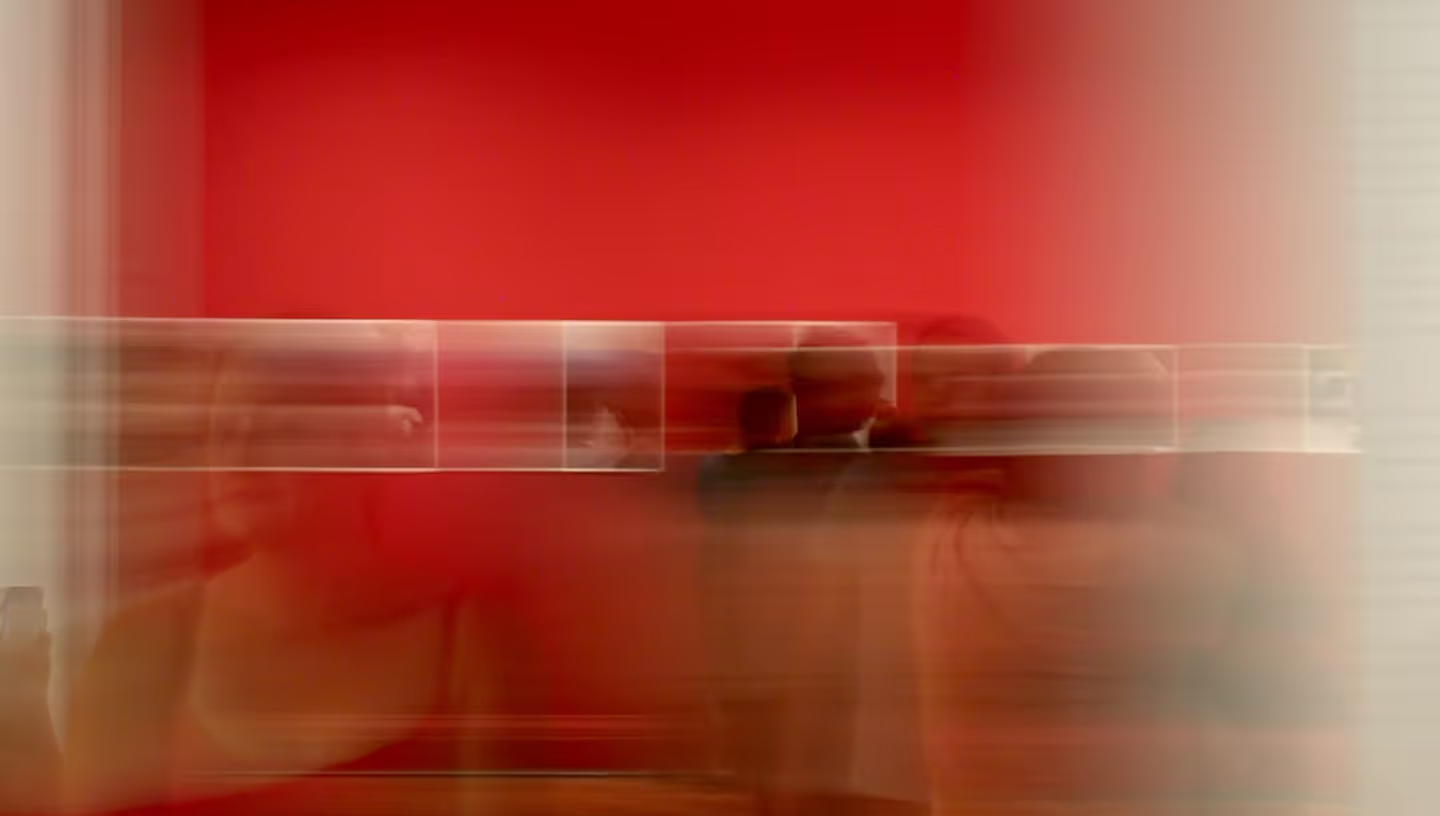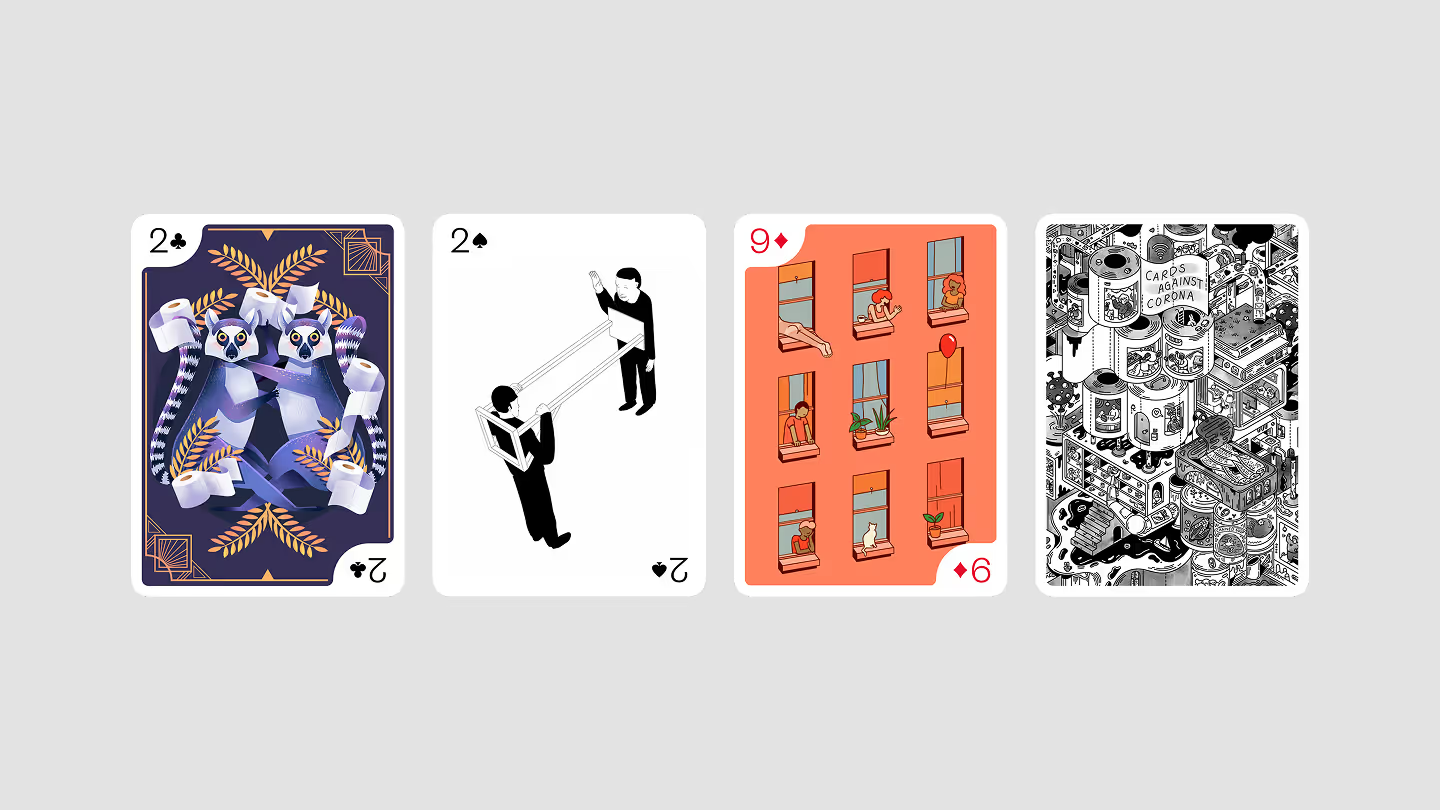Motion Design
Movement that makes brands feel alive and websites unforgettable.

What is motion design, and why does it matter for brands and websites?
Motion design is about more than “things moving.” It’s the way logos, graphics, and interfaces come to life. Done well, motion adds clarity, personality, and a sense of polish that static visuals can’t achieve. On websites it guides attention, improves navigation, and makes interactions feel smoother. For brand elements, it creates memorable moments that stick with people long after they’ve left the screen.
It’s also a powerful tool for storytelling. Motion can simplify complex ideas, show processes step by step, and help communicate abstract concepts in a way that feels engaging and easy to grasp.
Is motion design necessary for my brand?
In almost every case, the answer is yes – but how much motion you need depends on your scale and goals. Smaller brands might only need subtle touches to make a website feel more engaging. Larger brands with many digital touchpoints often benefit from having a full motion system with clear guidelines.
How does motion design improve user experience and brand perception?
- For websites, motion helps users understand what’s happening on a page, highlights key actions, and makes the experience feel smoother and more human. It can also be the factor that sets you apart from competitors — turning your site from a source of information into a memorable experience.
- For branding, motion expresses qualities like playfulness, precision, boldness, or refinement. Applied consistently, it becomes one of the strongest tools for shaping how people feel about your brand.
What’s your process for creating motion guidelines or animations?
We keep the process collaborative and tailored to each client. Some projects start with storyboards, quick explorations and prototypes, while others involve developing a full motion language across touchpoints. Typically, we’ll test different directions, refine what works, and then shape it into a set of usable assets or guidelines.
How do you make sure motion design stays consistent with the overall brand identity?
For larger companies, we treat motion as part of the brand system – just like typography, color, or imagery. That means defining parameters like speed, easing, rhythm, and transitions so they align with the personality of the brand. For larger or more complex motion concepts and guidelines, we often team up with trusted external talents to support execution.
What tools and formats do you typically deliver motion assets in?
It depends on the use case. For websites, we often work with Lottie or Rive for lightweight, scalable animations that can be triggered by user interactions. For broader brand use, we deliver video files (MP4, MOV, WebM), or provide After Effects templates for teams that want to create their own variations. The important part is that assets are delivered in a format that fits seamlessly into your workflow.
How does Oimachi’s approach to motion design differ from others?
While some studios treat motion as an add-on. We see it as part of the foundation. Because we design and build websites, we’re able to integrate motion directly into the digital experience, not just hand over a nice animation file.
At the same time, we come from a brand-first perspective — making sure motion isn’t just eye candy, but a coherent extension of your identity. That balance of design, implementation, and strategy is what sets us apart.




